Stop right there! If you’re looking for lights, here are 10 obstacles that you need to know about.
“…if I never get to see the northern lights.” We hear things like this a lot. For many, auroras are a once-in-a-lifetime experience. People come from all over the world, with very little time, and big hopes to catch one- and if possible, we want to help make that happen.
Maybe you’ve even tried already but came away unsuccessful. Perhaps you live in a place where auroras could possibly happen?
Either way, we want to make sure that you DO see the northern lights. So we’ve gathered together our biggest glow-pas (ha), in hopes that they will better prepare you for the hunt. Have one to share? Let us know about it!
1. You visited in the off-season.
Once I overheard a woman in a cafe angrily describing a trip to Zimbabwe. I had to listen in, because I couldn’t imagine how a dream trip like that could go awry. It turns out she had been planning this trip for ages and had come to see the great thundering waters of Victoria Falls.
But she missed a key detail to the plan- and that was WHEN to visit. You see, she wanted to see Victoria Falls in full spray, active with gushing water and huge currents.
But Victoria Falls experiences a wet season, and a dry one- and in the dry one, there may still be water, but it’s a bit less than what you might have seen on that postcard or commercial.
While there are still just as many reasons to visit in the dry season (like being able to walk across the falls to Zambia!)- if you expected to see the crashing water, you might be disappointed. Iceland is like this in many ways, in that we experience a “light season”, and a “dark season”.
This means that while the aurora happens above us all the time, we can only see it from mid-August to mid-April, at best. The brightness of the Midnight Sun in our summer months is just too great to allow visibility of auroral light, so we have to wait for the return of true darkness in the autumn.
Just like Victoria Falls, we have a lot of incredible things going on in our summer period as well- but if you came for auroras, you might find yourself disappointed.

2. You’re out too early.
Visiting in winter and finding it a bit dark? Don’t worry, so are we. In the height of winter, we only receive a few hours of direct sunlight- and that’s on a good day. If it’s overcast (which it often is), you may feel like you haven’t seen the sun in days!
(And in some parts of Iceland, that may be true!) Iceland experiences the maximum of dark hours at the winter solstice in December, and after that, the nights begin to shorten.
While this does often mean you can start aurora hunting a bit earlier, it does not mean that you can set out at 4:00 pm. Is it after sunset? Yes! But there are layers of darkness, so to speak, and you still need to wait for optimal dark hours to be able to perceive the northern lights with the naked eye.
On a great night with huge activity, it can be possible to view an aurora as early as 8:00 pm, but typically most hunters will be out looking between 10:00 pm – 2:00 am on average.
This doesn’t mean that nothing can happen before and after that window, but typically we experience better visibility at this time.
Keep an eye out on the light cycle though, wherever you are! These hours may fit Iceland, but depending on how close you are to the pole, your cycle may vary.
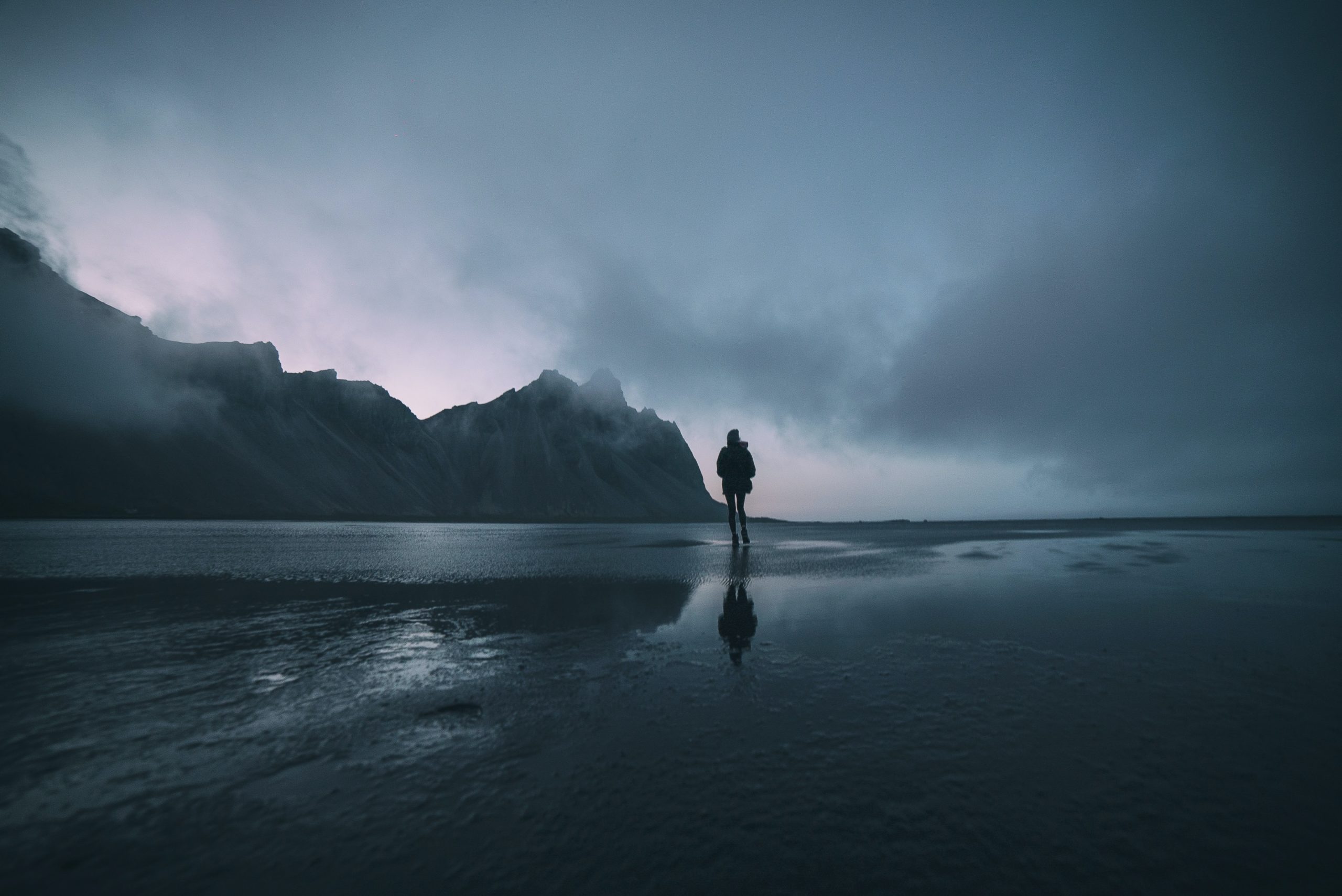
3. You are a victim of cloud cover.
This may sound dramatic, but every aurora hunter has been taken down by clouds at least once. The northern lights happen above our weather system, so if it’s cloudy, there can be a phenomenal show going on and we can still miss it.
This can be difficult in a place like Iceland, where midwinter brings us not only the greatest dark hours, but also the greatest low-pressure storm season. These are big, moody, windy storms that can bring a great deal of precipitation or cloud cover.
They can move fairly quickly, which sometimes means that the next day will be clear skies and mild weather. But, sometimes they linger for days. This can be a good reason to look for lights early in your visit, in case you do cross paths with one of these blustery visitors.
But even on a stormless night, you can still meet some impressive cloud cover. (We are in the middle of the North Atlantic, after all!) When you head out for a hunt, make sure to check the aurora forecast first. These forecasts will let you see the cloud cover over time, and will also tell you what layers of the sky are experiencing cover.
This can be good to know, because different types of clouds exist at different altitudes, and can mean different types of cover.
The way that a good hunter picks a trajectory, is by seeing what areas will be clear. But don’t fret! Cloud cover can and will move throughout the evening, and the forecasts do not always have the ability to account for small holes of clarity within them.
Sometimes, all you need to catch the show is a single window in the sky.
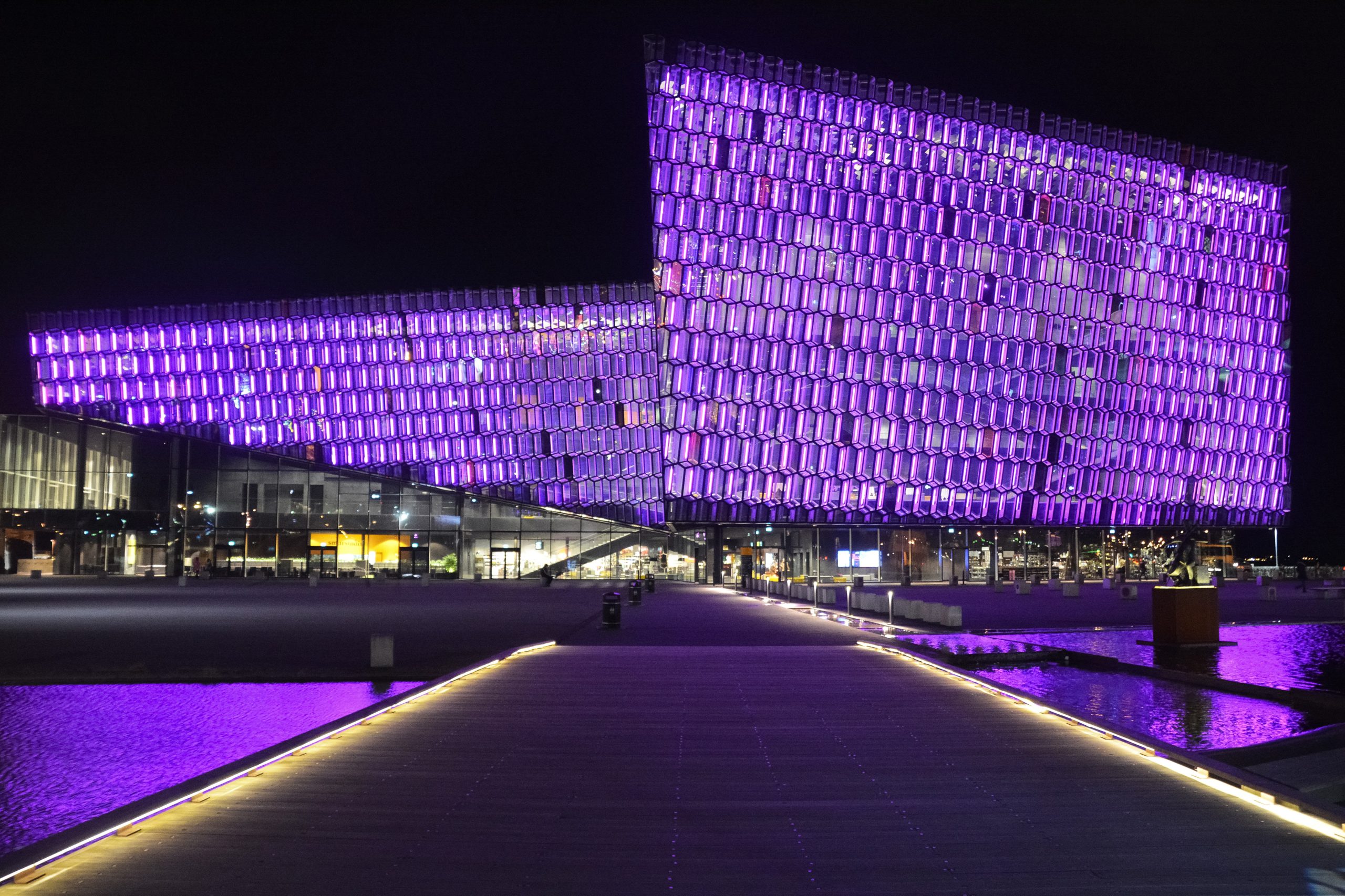
4. It was too bright!
Sometimes, not even the brightest blaze can compete with Lady Aurora. But on an average night, we need a little extra help to see her. The Northern Lights occur at a low lumen, and so it helps if your eyes have been able to adjust to the darkness when you look for them.
If you are in a brightly lit area, near a streetlight, or hanging out in the headlights of your car- you may struggle to pick out the faint green tail of an auroral glow. In fact, some people will only use red light flashlights when they’re out hunting- and may dim the light settings on their equipment.
These steps are pretty serious, but it is a good reminder that your eyes do need time to adjust to darkness and that you should be prepared to search for lower level auroras.
Not all occurrences appear as huge jagged shapes with supernatural brightness. Some are soft glows that are so dim, that they can only be picked up by camera. (So if you’re scanning the horizon and you’re not completely sure, try a test shot!
A correctly set camera will proliferate the light, so this can be an easy way to discern if what you’re seeing is aurora, or just wispy clouds passing through. (This doesn’t mean that you have to go hours away into the interior of the country, but if you do have the option, getting outside of the city can help.
The quality of darkness improves a great deal even just 15 minutes outside of town. Cities create big bubbles of light pollution around themselves, and while Reykjavik or Akureyri don’t create nearly enough light to compete with mainland light pollution, it is still surprising how much it changes your surroundings to be near it.)
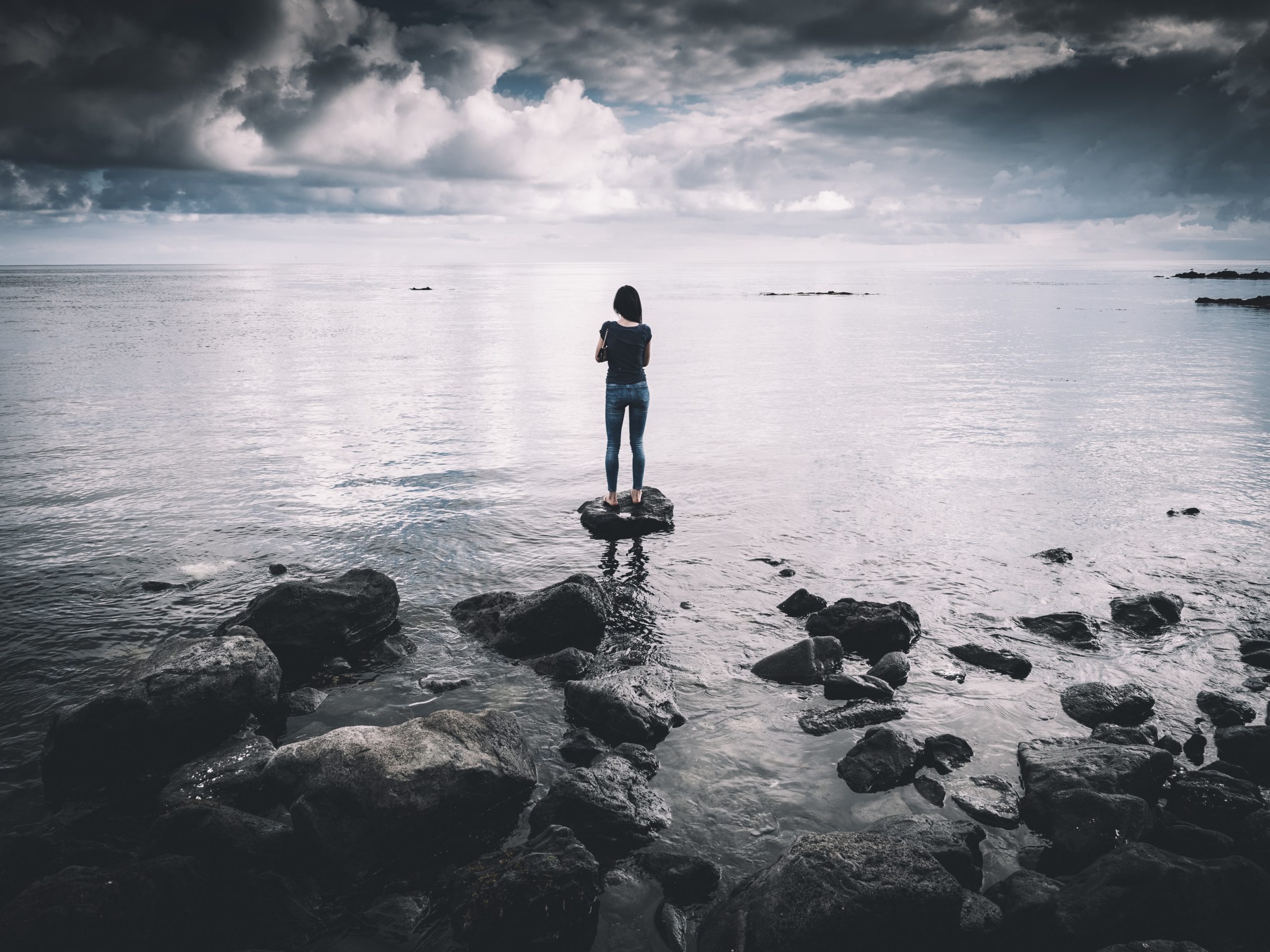
5. You didn’t budge. (Your eyes, OR yourself!)
There are a lot of tips and tricks out there, but none of them can compete with the fact that an aurora is a planetary occurrence that is happening to Earth from Outer Space.
What I’m getting at here is that it’s huge, and the piece that we sometimes see is only a piece of a greater whole, and that whole is moving. It can be hard to imagine how minuscule we are in comparison, but what might be a sky-filling explosion of light to us, may just be a fraction of a bigger occurrence.
You can get a better idea of what I mean by viewing an aurora from space, or by checking out a forecast model that shows the predicted footprint of the northern lights on our planet.
The obstacle here is understanding that the northern lights are less like a piece of lightning, and more like the storm system that the lightning belongs to. (Unless we’re doing a different metaphor, then the northern lights are definitely like a lightning strike. But I digress.)
Sometimes you get lucky, and the aurora wanders right up when you’re having a drink outside in your hot pot. But other times, the northern lights really do require a hunt, and that means movement to keep up.
It is not uncommon for groups of hunters to report different findings, or for neighbors to see an aurora, while neighbors a few kilometers away did not. This could mean that your section of visible sky was active, but maybe the vista a stone’s throw over was not.
Sometimes this can be because of actual obstacles in your path- like the grade of the land, a mountain range, or how close your house is to another house. These obstacles don’t always seem as problematic as they may be, but if you are looking out of one view all night, you get just that. One view.
And sometimes, this can mean just simply turning your body. Many sources tell you to keep your eyes on the north for the lights, but that is not always the case. Oftentimes in a place as far north as Iceland, it can feel like the aurora is happening overhead, or even in a direction other than north.
(This is where that detail comes in again- that the lights are a global occurrence, and they are happening to EARTH. Not just Iceland.) So stay alert while you’re out, and keep an eye peeled in every direction. You never know where Lady Aurora is going to sneak up from.
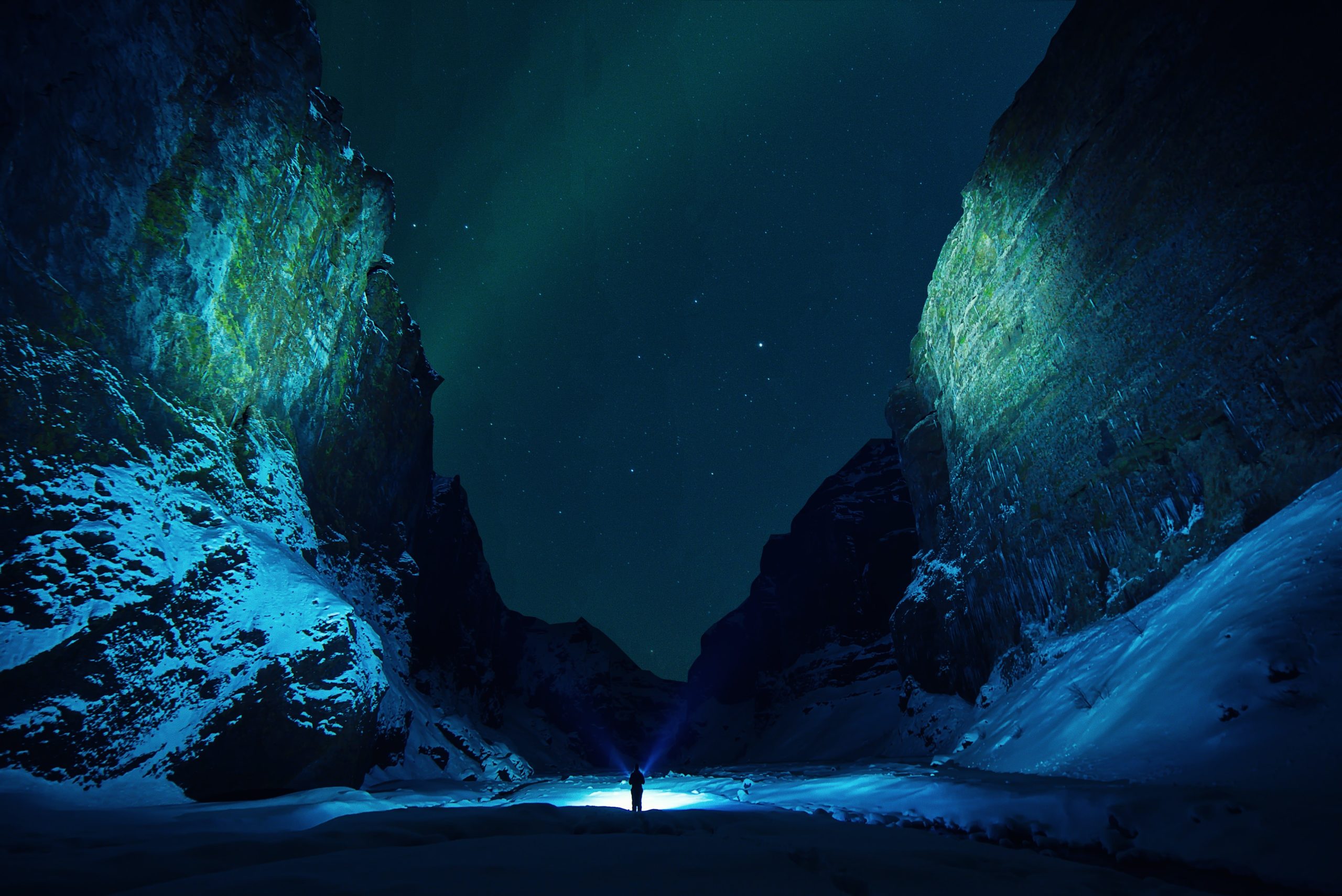
6. Surprise! You actually DID see it- but you didn’t recognize it.
This is not an obstacle per se, but it certainly is a thing that comes up. No two instances of northern lights are ever the same, so it can be hard to recognize if you’re not used to seeing it.
This is especially the case when the aurora is low level or occurring in an unfamiliar shape or color pattern. Many people set out on their first hunt after seeing incredible footage from world-class photographers and documentarians.
These shots are career-making images that likely took a lot of time and skill to create. The typical stuff doesn’t usually make the postcards and National Geographic covers. Seeing ANY kind of aurora is spectacular and special- but be ready to catch whatever comes to you.
This may mean darker colors that are harder to pick out, like misty whites, strange olive greens, and cool grey purples. It may also mean shapes that aren’t particularly “snakey”, like diffused glows, cirrus cloud shapes, whisps, and long bowed streaks.
The aurora can move quickly and appear to “dance”, but this is not always the case. Sometimes it’s a slow pulse, or even just a fade that you fail to clock until it’s gone. A softer aurora can appear to be a cloud, or a smoke formation- which can get pretty confusing when the wind is quickly blowing the clouds and the ground is puffing up huge geothermal breaths of hot white steam into the night.
An easy way to check can be to take a long-shutter/high ISO camera shot of the “thing” in question, but after a while, you do get used to the telltale sign of a quiet little aurora starting out in the night.
They may not all be full-on Carrington Events, but each one of them is a rare gift, that traveled all the way from the Sun, to you.
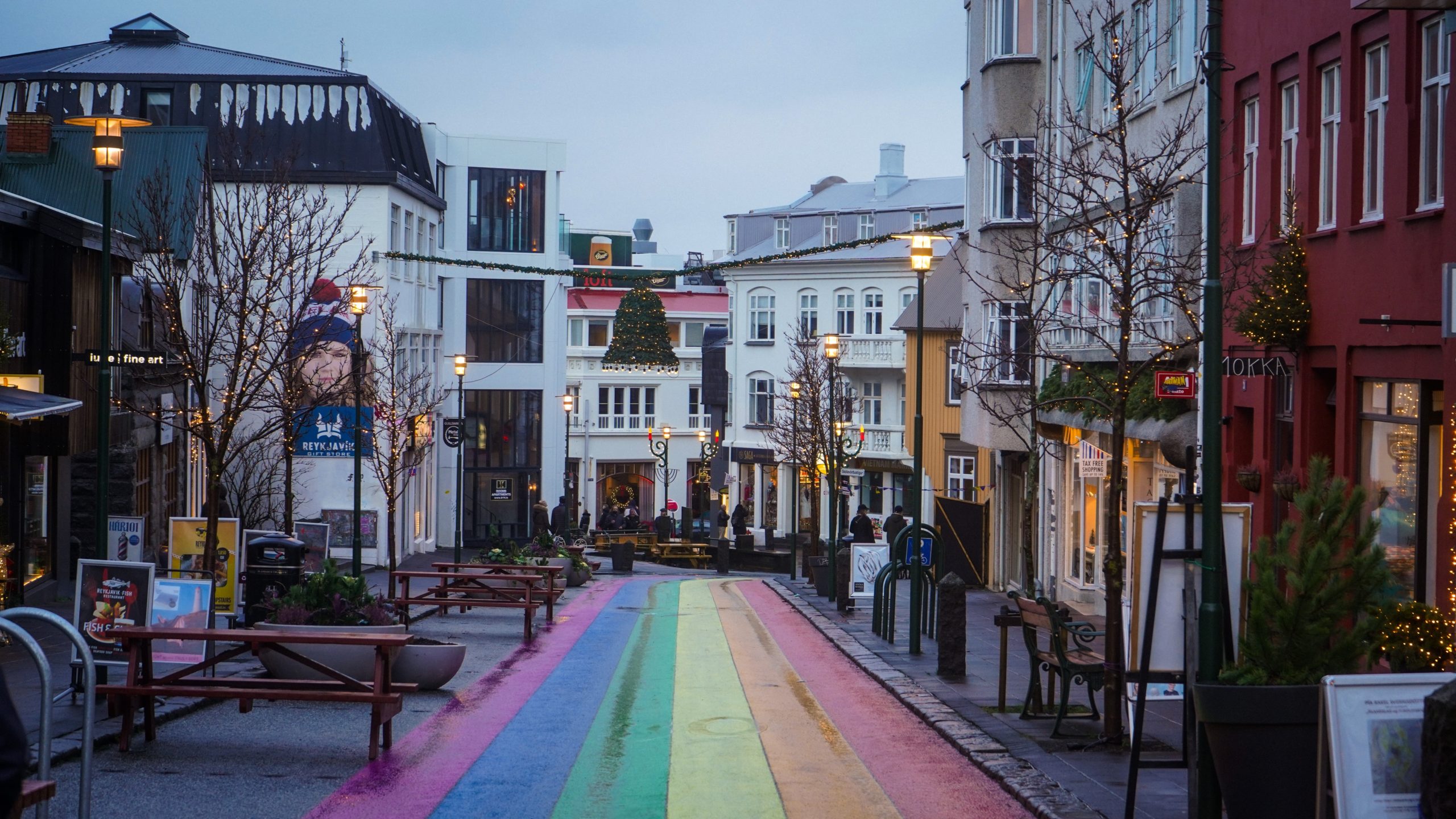
7. You stayed in the city!
Look, we get it. Reykjavik has one heck of a nightlife, and there are at least a hundred different places to eat that we still haven’t tried- and it’s so cozy… But! It’s also full of twinkly Christmas lights, and street lights, and illuminated windows and art installations, and whathaveyou.
As you know from tips 4 and 5, these things can get in the way of an optimal auroral view. And sometimes you just can’t help it, you don’t have wheels! If you’re here for the lights, we highly recommend getting yourself out of the hustle and bustle into the real country darkness.
Even if you only head about 10 minutes out, the quality changes considerably. But, if you’re only in town for a few nights, you can still check out some of Reykjavik’s best aurora spots, get chauffeured out to a northern lights igloo for one evening, or even grab a tour for a few hours.
All of these options will secret you away to some better watch locations, and one of them gets you a warm down comforter with a bottle of bubbly.
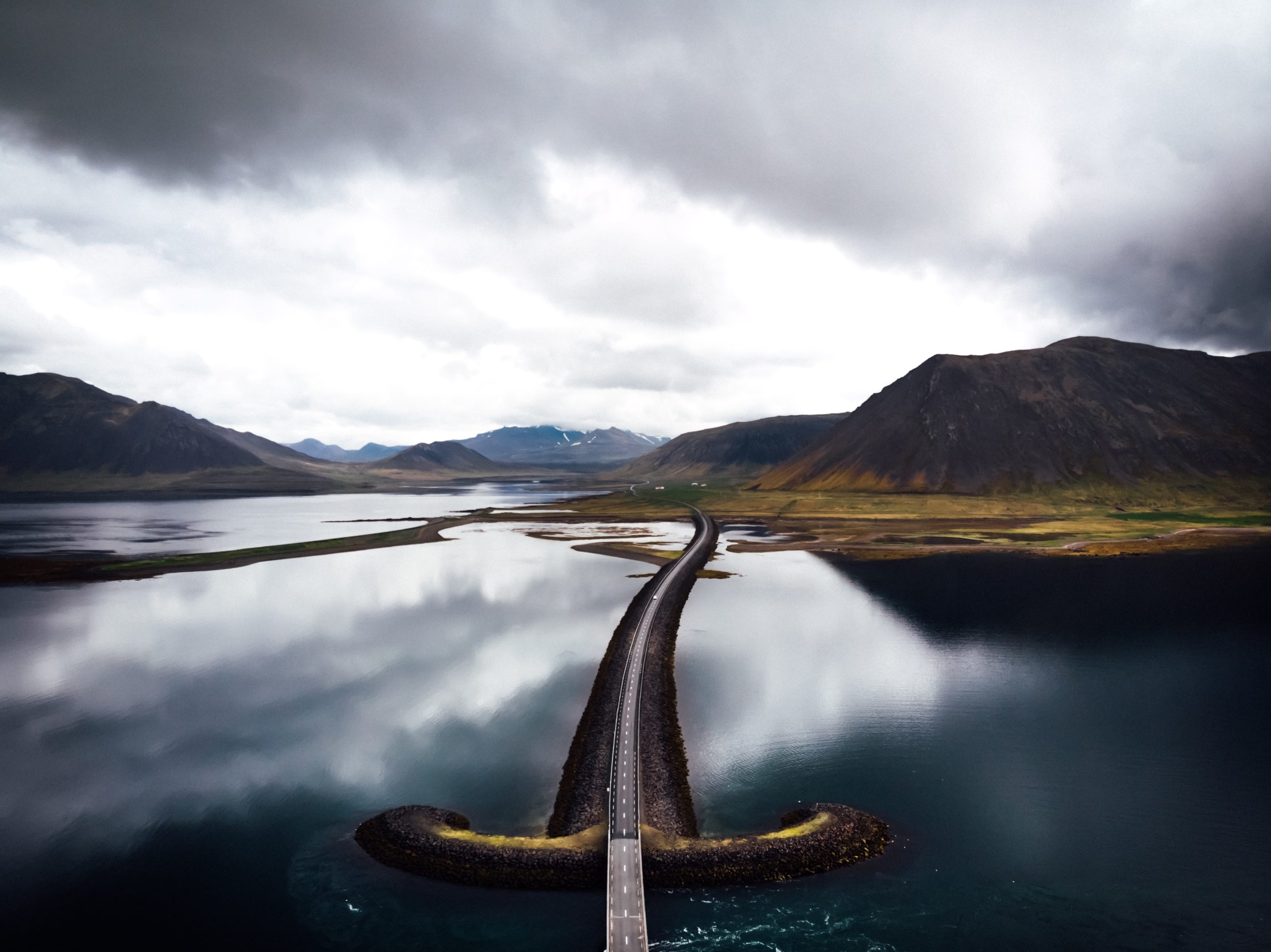
8. The Sun is on a break.
This obstacle is one of the bigger ones, and by bigger, I mean sun-sized. All of our northern lights come from one place, and that place is the Sun. Every swirly green burst of polar light that you’ve ever enjoyed began as a volatile little send-off from our galaxy’s most important star.
The good news is that the Sun is a fiery individual, and is regularly sending out pieces of itself through solar wind. Solar wind passes over our planets (and everything else), and can create aurorae on a fairly regular basis because of Earth’s magnetic field.
Sometimes, the Sun expels a great deal of activity through solar flares or Coronal Mass Ejections, and larger geomagnetic storms make their way over to us. Geomagnetic storms usually create larger, more impressive lights- and can even in rare circumstances create Carrington Events, which can affect our electrical grid.
Carrington Events are extremely rare, but geomagnetic storms can happen a couple of times a year- depending on the year and the solar cycle that we are in at the time. But every now and then, the Sun is quiet. This is fairly rare, but you can see how things are going in an aurora forecast.
These forecasts will tell you on a scale of 0-9, how much geomagnetic activity is bopping around in our atmosphere. This is known as the K-index, or Kp scale, and is a paraphrased way for us to measure this solar activity, and infer how far from the pole an aurora might be able to reach.
This system is still very much a developing science, so if you see a zero on the forecast, do not fret! Odds are, this may be a visually quiet night, but activity has still been known to appear on Kp 0 nights with clear skies.
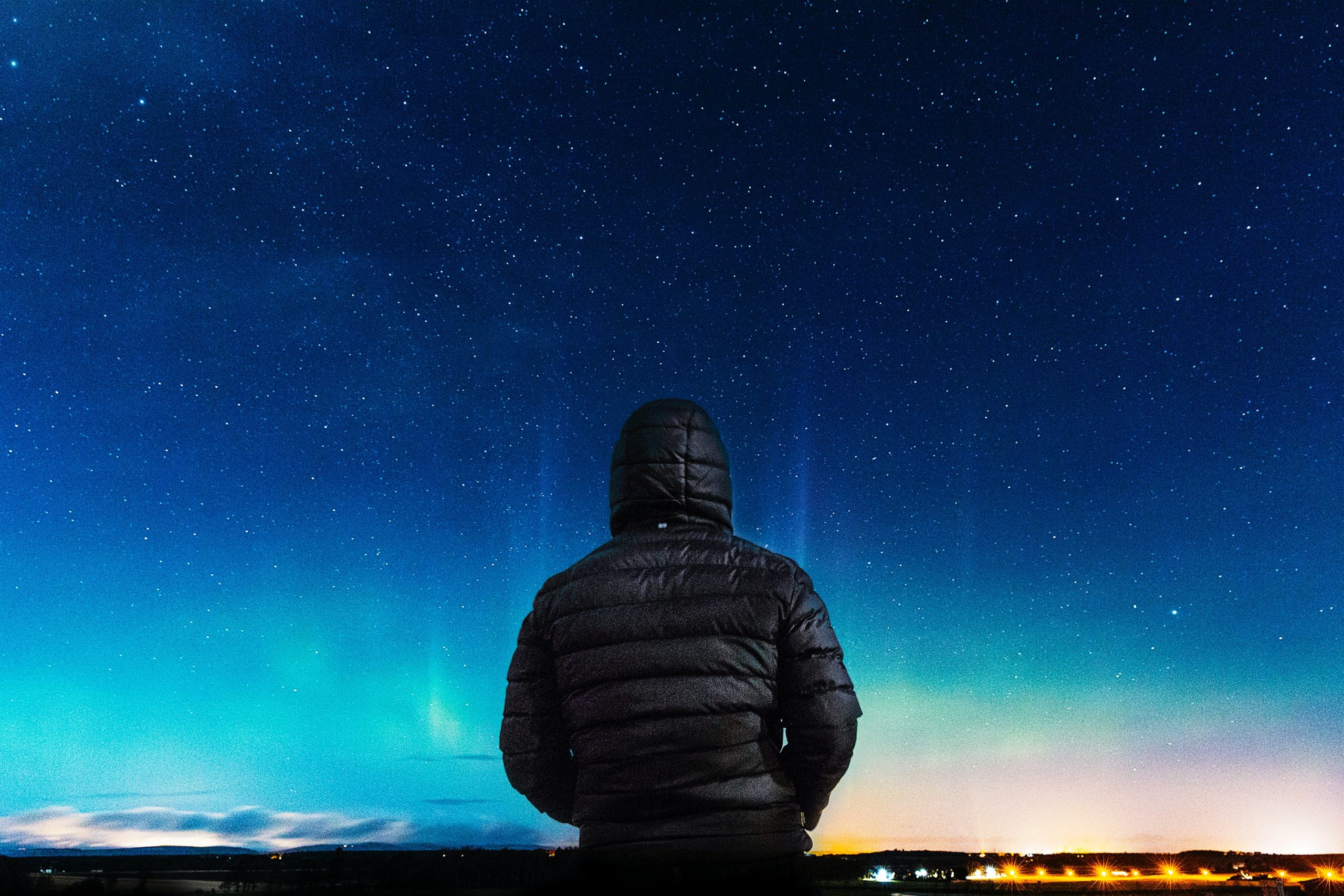
9. You were in the bathroom!
Some instances of the northern lights blink on and off all night for hours. These are usually dreamy nights in the countryside, where you don’t need to move about, you can just kick back and watch. In the city, you can watch a good show for a few minutes, or maybe a half hour, walking down the street or parked at a cafe with a coffee.
Some of these city lights are so fleeting, that you find out about them after they’ve happened, from local photos and the forgotten alerts on your aurora apps.
It may be that someone in a darker place is watching this aurora for a bit longer, but in a brightly lit place, it is harder to pick out the finer pieces and more diffused glows, so you can end up watching for less time.
It’s a frustrating reason to miss the lights, but when you’re struggling with light pollution every minute counts. So be quick about those bathroom breaks!
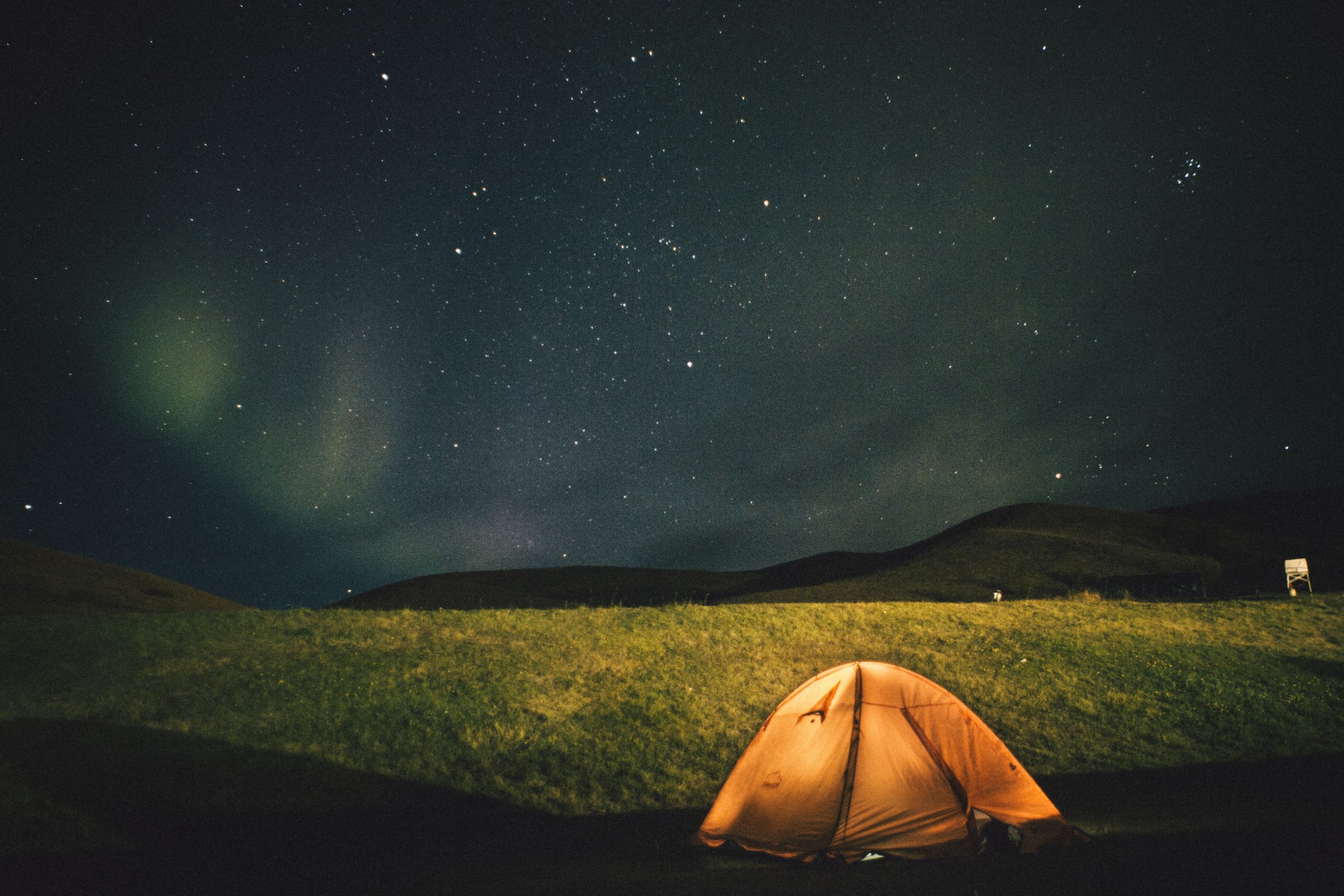
10. You left the party!
And on the other end of the time spectrum, we have the old adage “good things come to those who wait”. Many a disappointed adventurer has bemoaned their fruitless hunt, only to hear from the person next door that they were successful! But how?
Sometimes it’s something as simple as the areas you were both in, the cloud cover differences, or even the amount of light pollution. As wee human beings, we can only cover so much ground.
But sometimes, it’s the waiting. It’s not always the most comfortable activity, cruising around in the darkness and braving winter weather. Hunting for a thing that can be challenging to find, maybe for many hours. It’s no wonder that some people call it quits early.
There have been nights where I myself have done the same. But when you’re out there, know that every night is different, and the activity displays itself on its own time, if at all.
So despite all of the tips and tricks in the world, sometimes one of the best things you can do on a hunt is take your time. Lady Aurora often shows up you when you least expect her.
